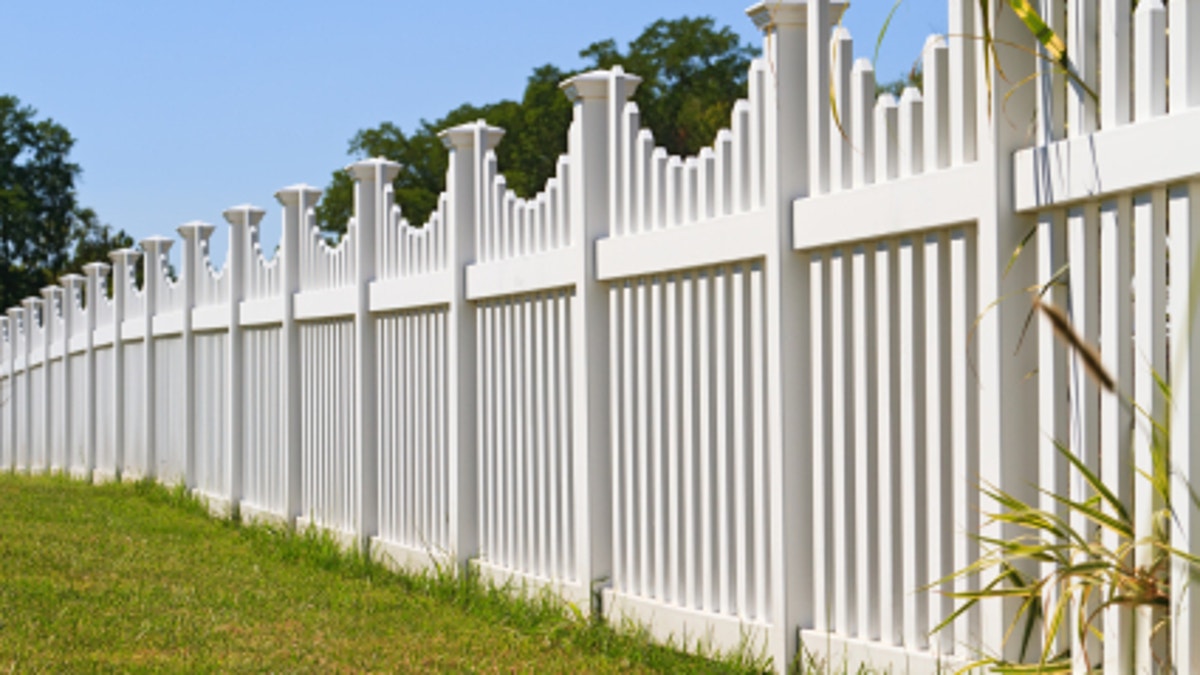
(iStock)
Poet Robert Frost famously wrote in 1914 that, “good fences make good neighbors.”
While it’s true that well-defined borders can help prevent tension, those very borders have been at the center of many neighborhood conflicts.
Consider:
- San Diego resident Joe Padgett’s fence was taller than code allowed, but Padgett argued there were hundreds more like it and he was being unfairly singled out by neighbors and city officials who wanted the fence razed. A federal judge agreed with Padgett, but not before he ran up more than $2 million in legal fees.
- In June 2012, the Mountain View Estate Owners’ Association filed a lawsuit against entertainers Sharon and Ozzy Osbourne for building a fence that extended their Los Angeles backyard roughly 8,500 square feet onto the association’s land.
- Even lawmakers aren’t immune. In the 1990s, the late Sen. Arlen Specter and his wife, Joan, built a 6-foot-tall fence around their New Jersey vacation home. Neighbors complained, saying it obstructed their views and violated the city’s height limit of 4 feet. The Specters ultimately lowered a portion of their fence; the non-view-obstructing portion was allowed to stand.
Research and communicate
It’s easy to see how the fence you want to keep your dog in your yard might offend a neighbor who has long appreciated wide-open views. After all, a fence affects your property as well as that of your neighbors.
Even before you draw up plans for a fence, consult local zoning ordinances to see what is allowed and what isn’t. Then, talk to adjacent property owners about what you’re planning to build and what materials you’d like to use. If you’re thinking about chain link and you’re living in a wrought-iron kind of neighborhood, it’s likely you’re going to get some push back. Be truthful, respectfully listen to feedback and see if you can reach some sort of compromise.
In the ideal situation, you and your neighbors may be able to use this physical divider as a way to foster togetherness. Perhaps you can share building and maintenance costs or even work together to construct the fence.
If you anticipate your fence project will result in conflict -- or you’re already in the midst of one -- the folks at Salem, OR-based Neighbor-to-Neighbor community mediation offer these tips for addressing the issue:
Talk
Direct conversation is more effective than sending a letter, throwing rocks or complaining to everyone else.
Choose a good time
Don’t start talking about the conflict just as your neighbor is leaving for work or after you’ve had a bad day. Give yourself plenty of time for a thorough discussion and find a quiet place where you can be comfortable and undisturbed for as long as the conversation takes.
No blame or bad names
Antagonizing the other person only makes it harder for him to hear you. Also, don’t start the conversation with a diatribe on what you think should be done to rectify matters.
Listen
Give the other person a chance to tell his side; learn how the other person feels about what’s happening. Even if you don’t agree with what is being said, tell the other person that you hear him and you’re glad to be discussing the problem.
Talk it all through
Don’t leave out the part of the discussion that seems too difficult or too insignificant. Solutions work best if all the issues are thoroughly discussed.
Be specific
Two people cooperating is more effective than one person telling another to change. Develop specific solutions. “I will construct a 6-foot-high white, wooden fence” is far better than, “Not sure what I’ll do, but I won’t build a chain link fence topped with razor wire.”
If your neighborhood fence issues escalate beyond what you can handle on your own, consider contacting a local mediation group (many cities and counties have services staffed by volunteers who will help mediate for little or no cost).
Related:
- Home Warranties Take Some of the Worry out of Home Buying
- Now You’re Cooking ... With Gas
- What Your Front Door Is Saying About You